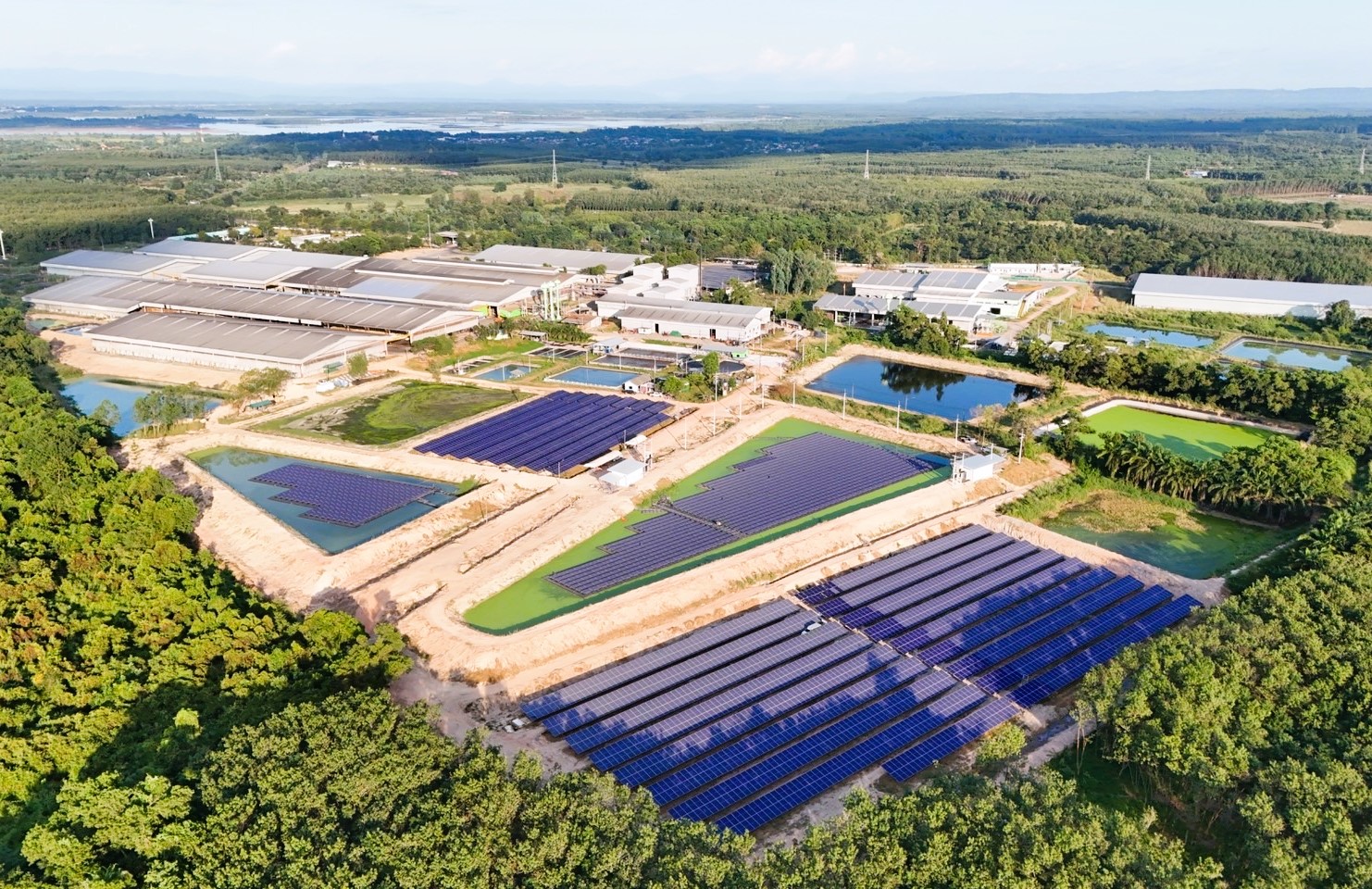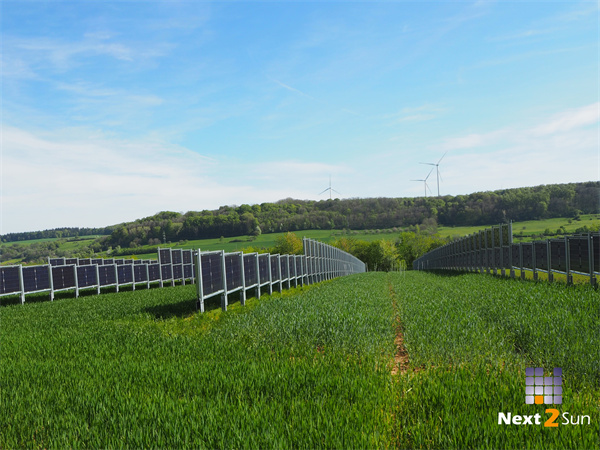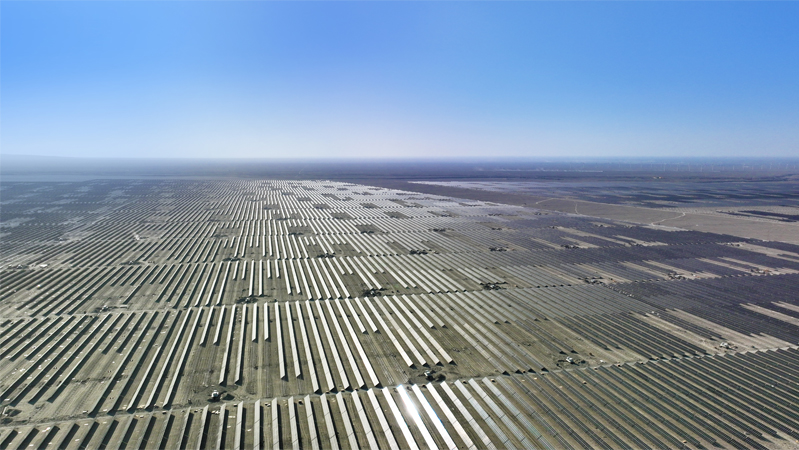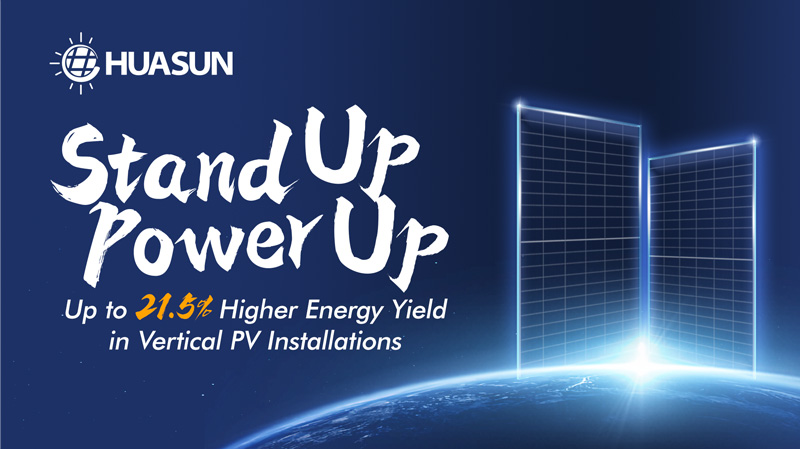HIGHLIGHTS

"Amphibious" HJT: 13.6 MW of Huasun Solar Panels Energize Thailand
2025-04-29
Huasun Energy has reached another significant milestone in Southeast Asia with the successful grid connection of a 13.6 MW heterojunction (HJT) solar project supplied to Sri Trang Agro-Industry Public Co., Ltd. (STA)—a leading rubber manufacturer in Thailand. The project utilizes Huasun's Himalaya G12-132 HJT modules in a unique "amphibious" deployment model, combining both ground-mounted and floating installations to create a diversified clean energy matr
Learn more



Breaking Limits: Huasun Energy to Unveil Next-Gen HJT Solar Panels at Intersolar Europe 2025
2025-04-22
We warmly invite you to explore Huasun’s latest breakthroughs in high-performance HJT technology—renowned for exceptional energy yield, bifaciality, and thermal stability across diverse applications. At Booth A2.550, we’ll showcase our full HJT product lineup and debut two next-generation innovations, pushing the limits of solar efficiency and design flexibility. With over 11 GW shipped globally, Huasun continues to lead the advancement of heterojunction.
Learn more



Up to 100% Bifaciality: Huasun’s Kunlun Series HJT Modules Achieve Exceptional Power in Vertical PV Applications
2025-04-18
Huasun Energy, the leader in high-efficiency heterojunction (HJT) solar technology, proudly unveils its Kunlun Series HJT solar modules, a next-generation product with bifaciality approaching 100%, designed for vertical photovoltaic (PV) installations. It marks a major step toward solving land-use constraints while boosting energy yield, project economics, and system reliability. Huasun Chairman and CEO Xiaohua (Jimmy) Xu emphasized the industry’s growing
Learn more


ALL
Select the year
ALL
2025
2024
2023
2022




"Amphibious" HJT: 13.6 MW of Huasun Solar Panels Energize Thailand
2025/04/29


Breaking Limits: Huasun Energy to Unveil Next-Gen HJT Solar Panels at Intersolar Europe 2025
2025/04/22


Up to 100% Bifaciality: Huasun’s Kunlun Series HJT Modules Achieve Exceptional Power in Vertical PV Applications
2025/04/18


Huasun Champions HJT Solar Technology for India’s Sustainable Energy Transition
2025/04/16


Huasun Energy Shortlisted for CNPC’s 2025 Procument of 9.6 GW Solar Module Supply
2025/04/15


Huasun Kunlun HJT Modules Deliver Up to 21.5% Higher Energy Yield in Vertical PV Installations
2025/04/09






































